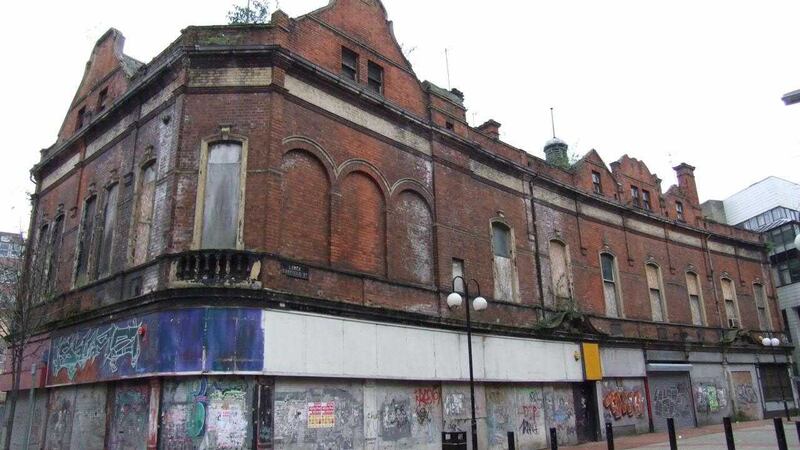ALMOST 500 historic buildings across the north are deemed to be at risk, with fears the number could rise as a result of the removal of restoration funding, The Detail has found.
Research into the protection of important sites has revealed that the Department of Environment’s (DoE) funding for restoration projects has fallen from over £4.4million in 2014/15 to zero for the current financial year – although £500,000 was made available through the government’s plastic bag levy fund.
Conservation groups have criticised Stormont's performance. Built heritage adviser Rita Harkin has said that the potential of buildings at risk needs to be harnessed.
“I think the department has completely lost sight of the need, during recessions especially, to pump prime, grow the construction industry which needs a shot in the arm,” she said.
“We have seen £1 of grant levering almost £8 from other sources which is a really good rate compared to any other public funding.
"The grant aid scheme was designed to help meet the recognised additional costs of repair and maintenance of listed buildings.
"In its absence it is inevitable that, in many cases, these essential works will not take place. Special buildings, worthy of protection in the public interest, are bound to become increasingly 'at risk'."
Almost 500 historic structures have been listed on the Built Heritage at Risk register (BHARNI).
The DoE has deemed 496 historic buildings, including castles, churches and railway stations to be “under threat from neglect, ignorance or future development”.
Despite funding the compilation of BHARNI, the register has not been available to view on the DoE website for nearly a year.
According to Ulster Architectural Heritage Society (UAHS) Chief Executive Nikki McVeigh, the register plays a crucial role in finding a new future for at-risk buildings.
“It is incredibly important as these are the most vulnerable buildings that we have on the listed buildings database,” she said.
“In terms of BHARNI, there has been a period of time where it hasn’t been fully available online.
“This is something we have highlighted to the department and we are hoping that in time it will be put back online and that resource will be available to the new councils, to individuals and owners who may want to see that their building is on that database and work accordingly.”
The DoE has a 10-year target of saving 200 buildings which are on the BHARNI register by 2016. This is a target that is likely to be met, with 185 buildings having been restored since April 1 2006.
A total of 653 historic buildings have also been ‘delisted’ over the past 20 years.
The department said delisting occurs if information collected in a second survey of previously listed buildings fails to meet criteria that was revised and updated after public consultation in 2011.
This is often the result of unapproved alterations. However, other factors can present difficulties for owners such as approved alterations later found to be inappropriate and the impact of vandalism and weathering can play a part in this process.
According to the DoE: “Statutory listing of buildings began in Northern Ireland in 1974 and the first survey took over 20 years to complete”.
This provides a level of formal protection for “buildings of special architectural or historic interest”.
Listed status limits the type of alterations owners can make and allows the department to take enforcement action against individuals who do not protect the integrity of a protected structure.
Given the limited nature of the initial survey of buildings, in 1997 a second survey was initiated, with more than 60 per cent of the north's near 8,500 listed buildings already re-evaluated to provide more in depth records.
In addition to delistings, a considerable number of buildings have also been listed for the first time as part of the process.
Until recently the second survey had been carried out by an external contractor. However, due to recent budget cuts, the DoE is now operating a scaled back, in-house, version of the process, meaning that the original 2020 completion date looks unlikely to be met.
The DoE said: “Given the significantly reduced budget for the department for 2015-16, funds were not available to continue the contract let for the project and this was terminated in June.
“Given the reduction in funding, and the reduction in civil service staffing through the voluntary exit scheme, all departments are having to make difficult decisions on priorities and allocation of resources.
“As part of this, the department is currently reviewing the resources available to progress the second survey, options to expedite particular elements of the work, and therefore a revised plan for the second survey.”








